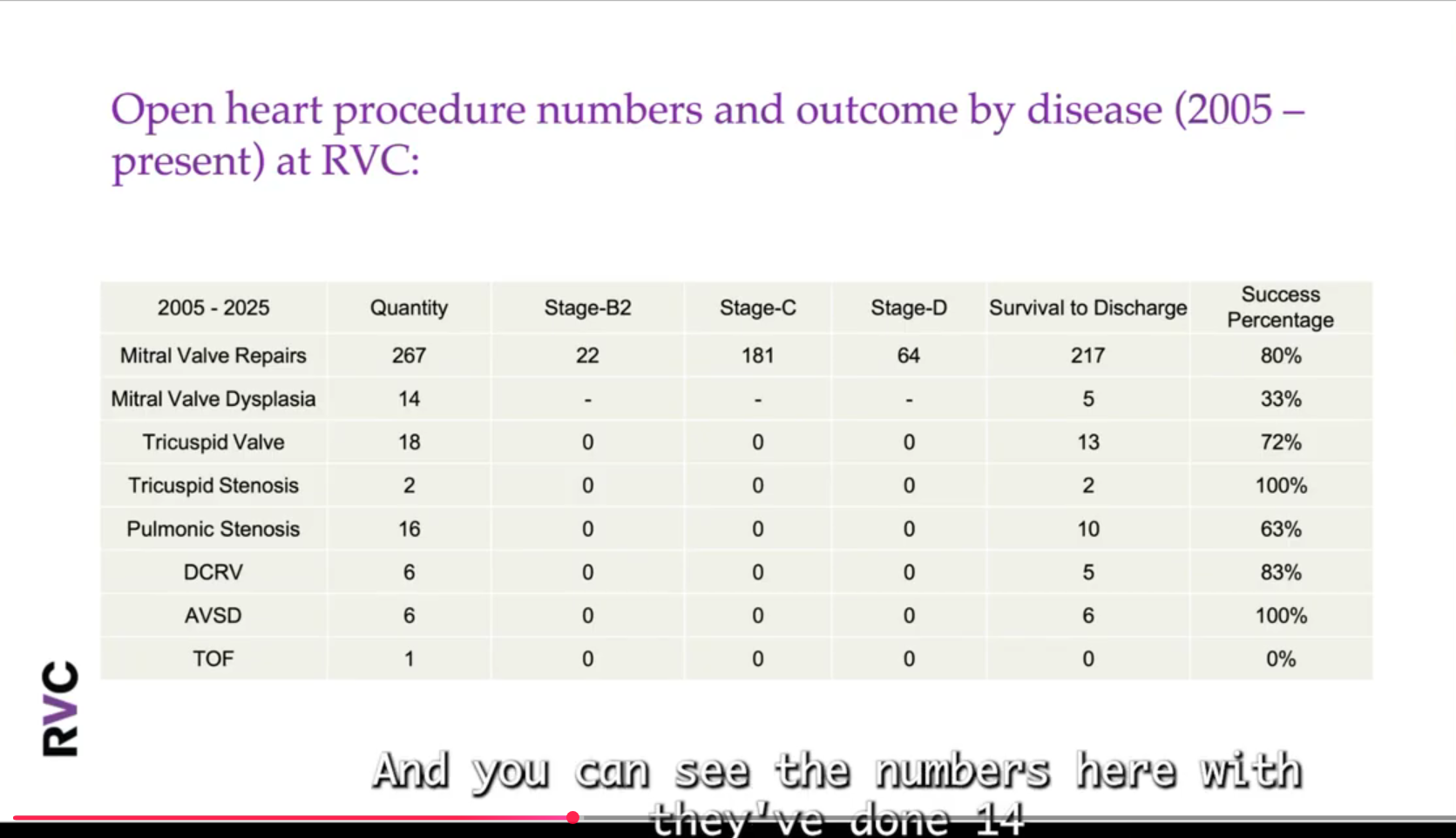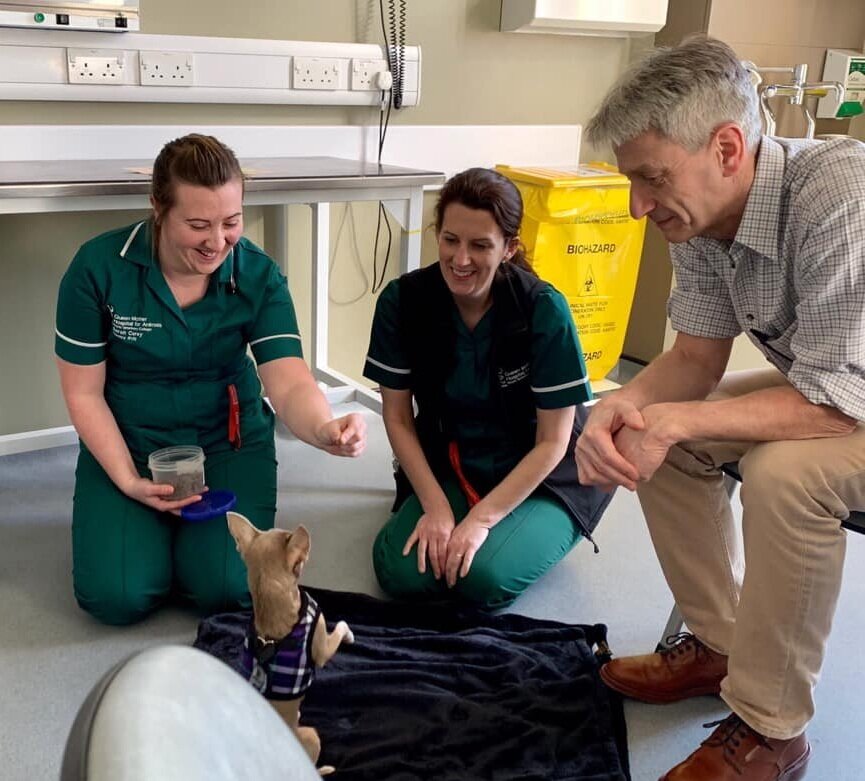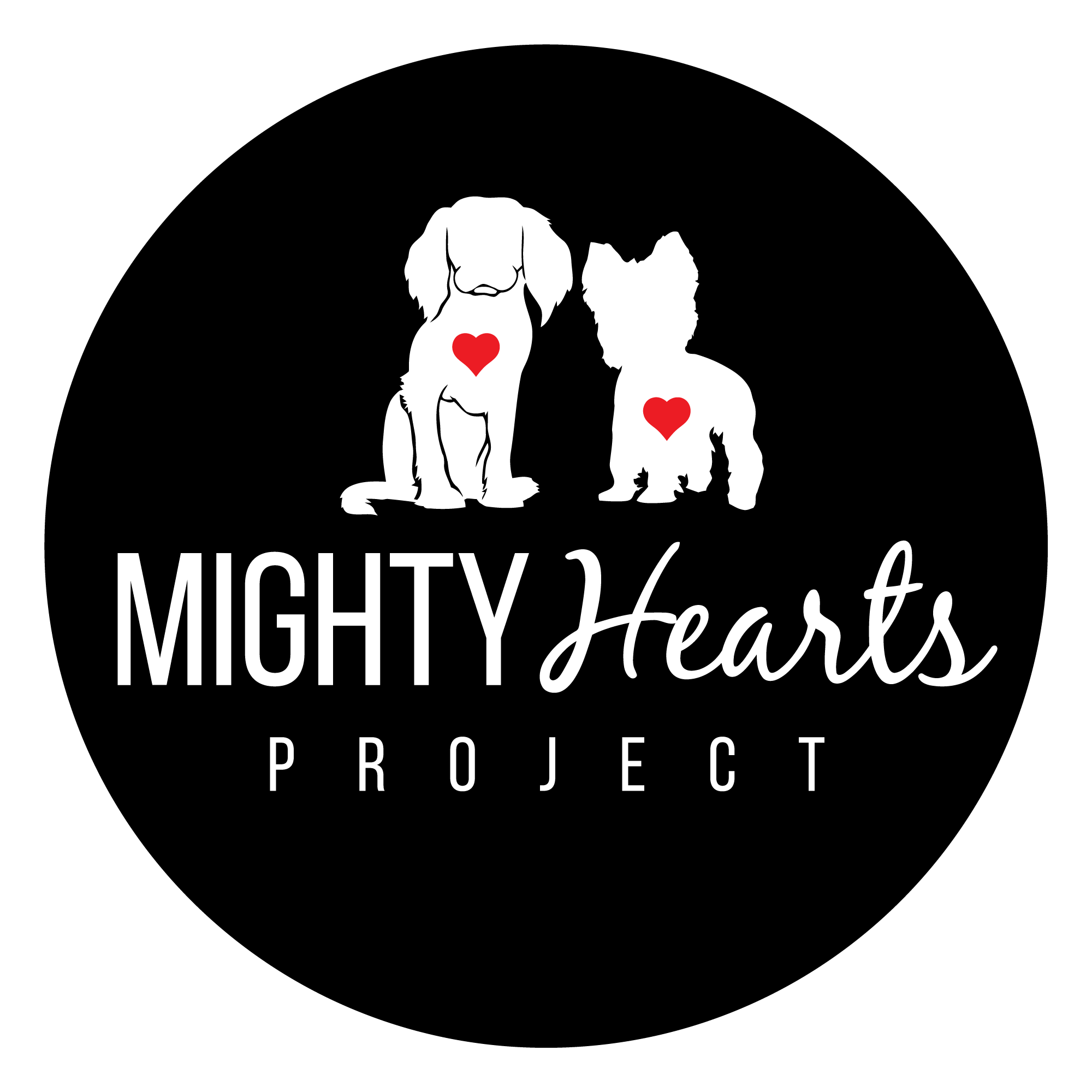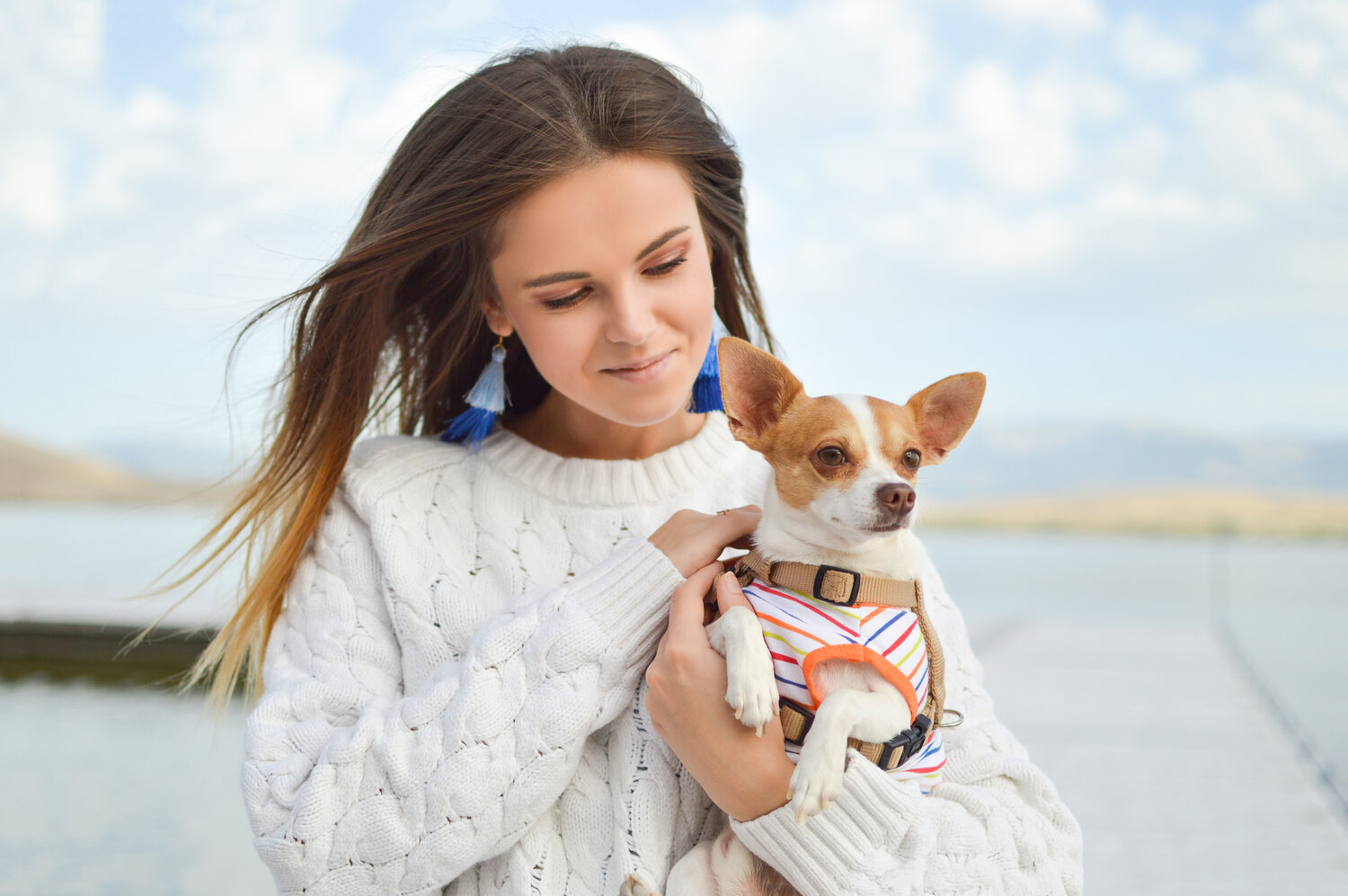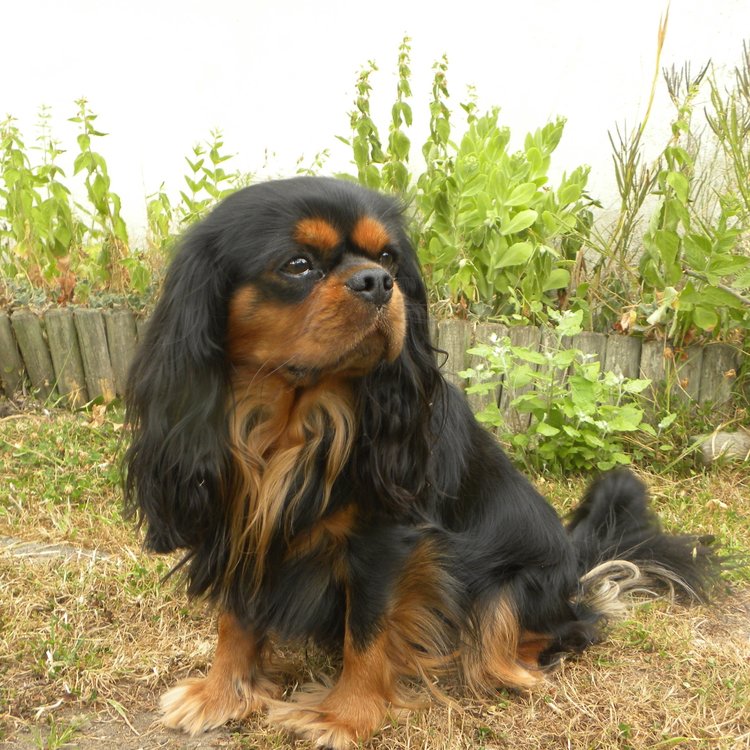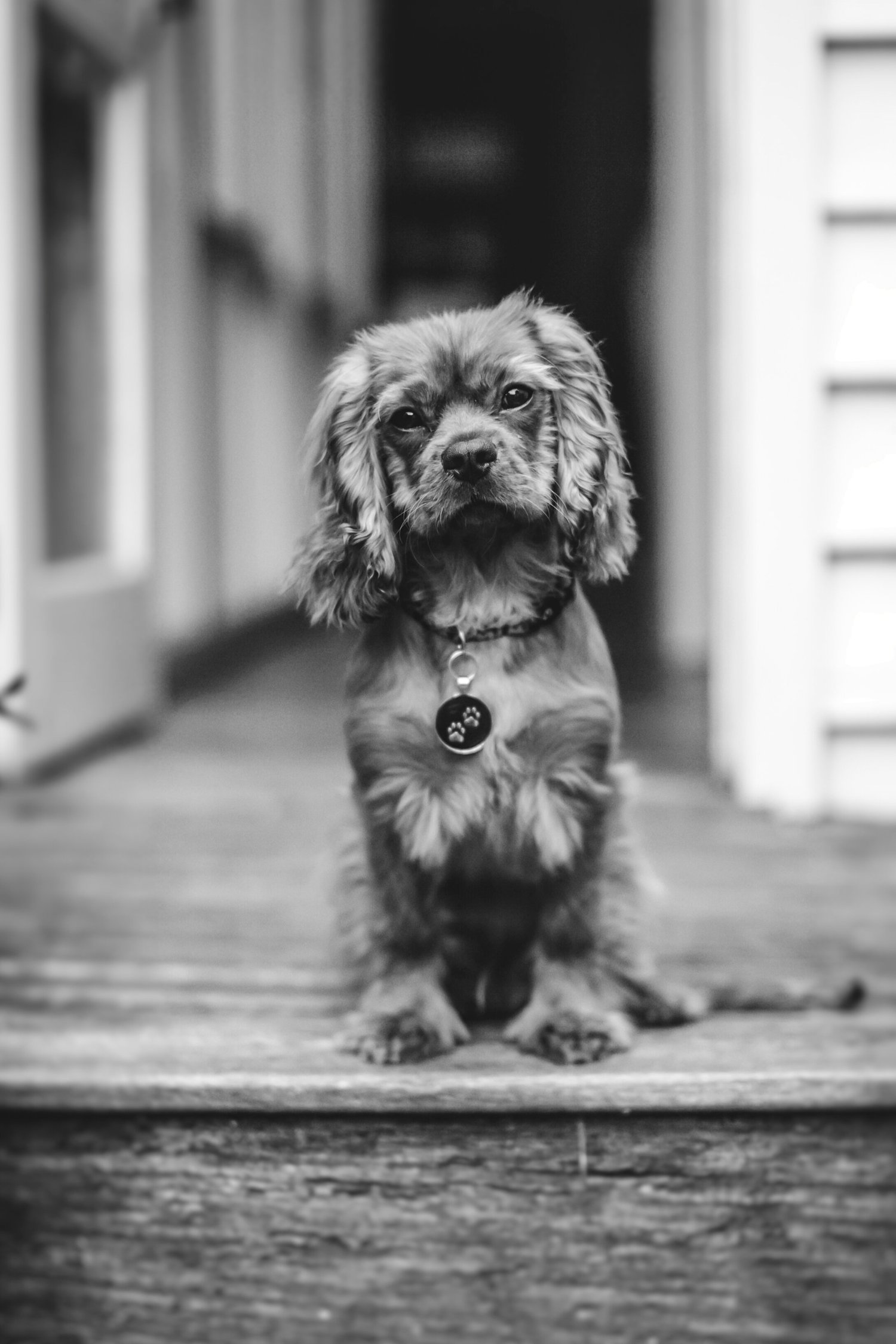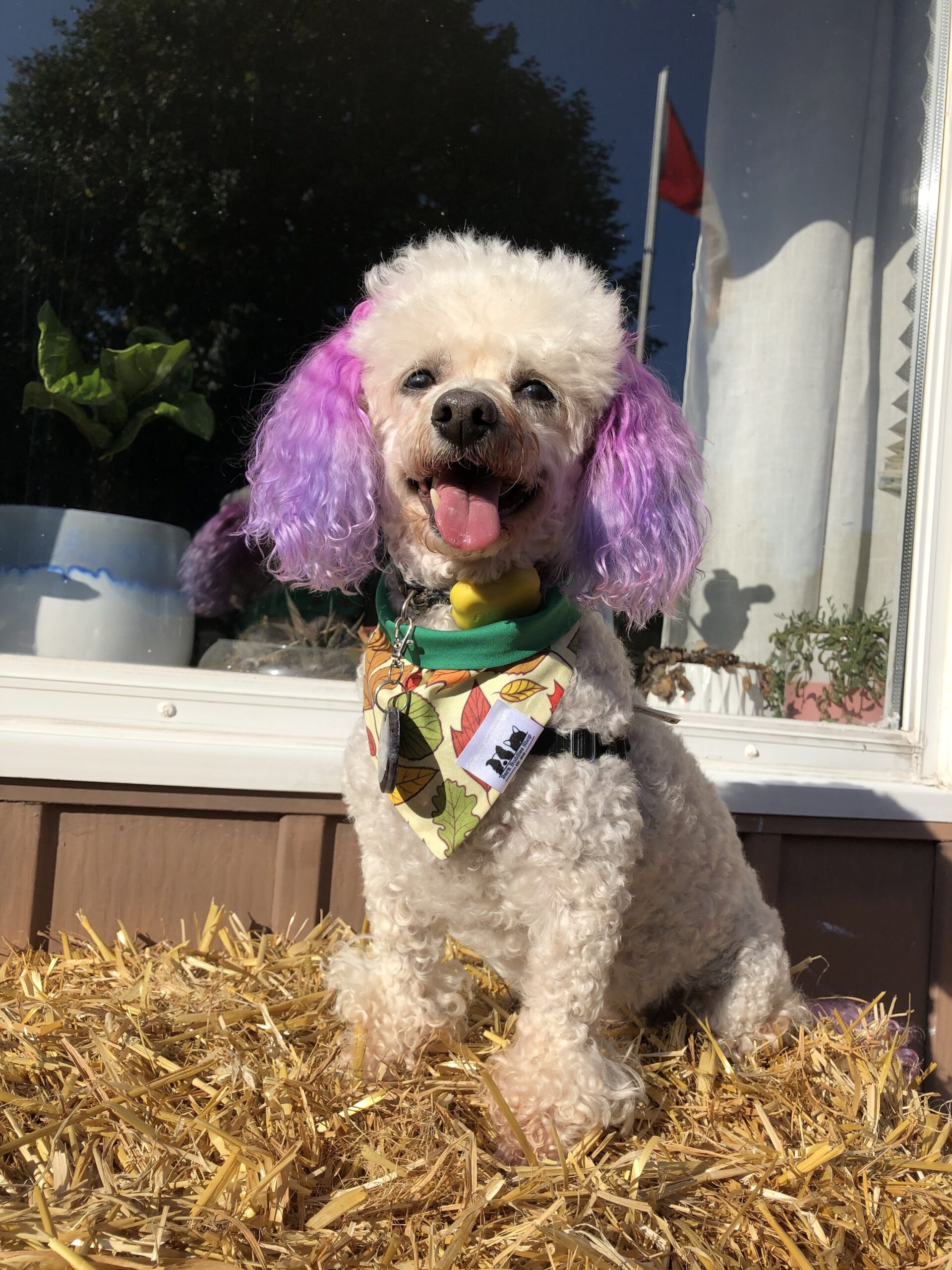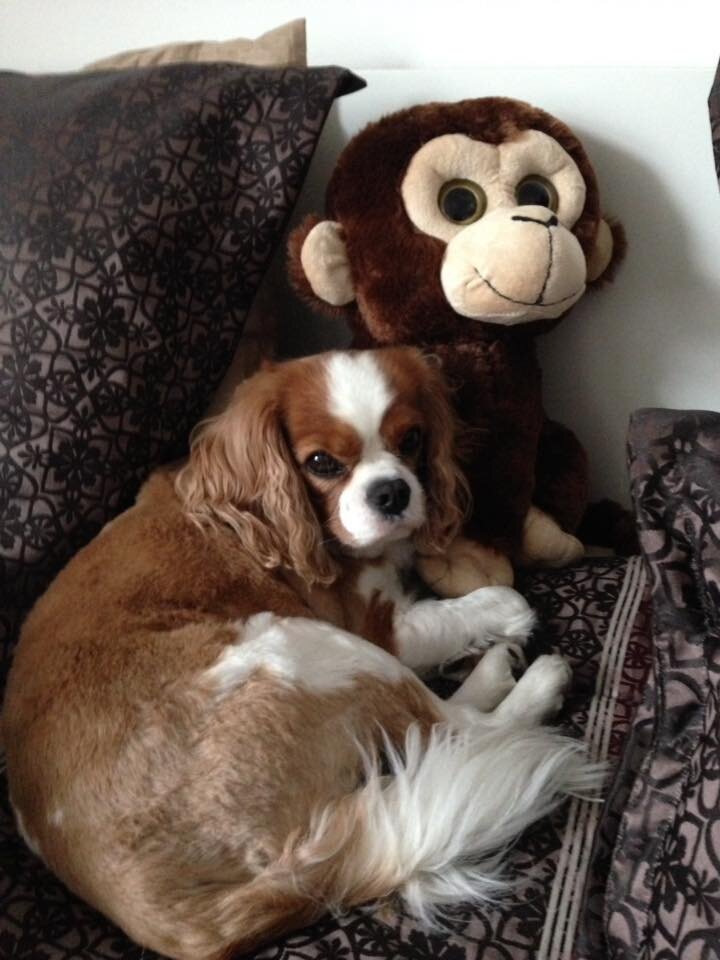The following procedures outlined below are instructions on how to fly with your dog in the cabin to the London Heathrow Airport.
Step 1: Microchipping
If your dog isn’t microchipped your dog should be implanted with an ISO compliant (11784 and 11785) microchip, ISO compliant microchips are 15 digits long.
Older chips can be read by universal chips readers at the airport; so I would highly recommend not to re-chip your dog. If your dog does have two chips already the number and implant dates of both microchips must be documented on the
USDA Form
Step 2: Rabies vaccination
The rabies vaccination must occur AFTER the microchip implantation. It may be administered the same day as the microchip implantation but any rabies vaccination before a microchip is implanted is invalid.
The number and implantation dates of both microchips must be documented on the USDA form and at least one of these microchips must have been implanted before your pet’s most recent rabies vaccine.
Vaccinations valid for 1 year are acceptable. 2 or 3-year re-vaccinations are only acceptable if you can document previous vaccinations and all re-vaccinations since then. If the current vaccine is older than 1 year and you cannot document the entire history of rabies vaccinations, you will have to re-vaccinate before the UK trip and ideally, before getting the USDA forms, “If the rabies vaccination is new, you must wait 21 days before entering the UK”
Step 3: EU Health Certificate
Have a USDA accredited veterinarian perform an exam and prepare the USDA form exactly ten (10) days before your arrival into the UK. Make sure that your veterinarian includes the name of the rabies vaccination product on the form. Have your vet make two copies of the form if your sending it overnight to the USDA office, just in case it gets lost you can save valuable time.
Step 4: USDA Approval
The USDA approval can be done in person at your local USDA office. If you prefer to handle the approval in person, you must bring your dog’s rabies vaccine certificates for all rabies vaccinations documented on the health certificate. These vaccination certificates will be required by the USDA at the time of health certificate endorsement. Make an appointment at the closest USDA office well in advance.
If you cannot go to a USDA office in person, you can overnight the original USDA form that was prepared by the veterinarian to the nearest regional USDA office along with all supporting documentation. Enclose in the envelope a pre-paid overnight-shipping envelope and a check payable to the USDA in the amount of $38. See the USDA user fee page for more details. You can also pay the fee with a credit card over the phone.
You should receive the final USDA-endorsed forms 2-3 days after you overnight the forms to their office.
Please note: The EU health certificate is valid for travel within the EU for up to 4 months from the date it is issued by the USDA Accredited Veterinarian as long as the rabies vaccine documented on the form has not expired.
Step 5: Notify HARC
Email the Heathrow Animal Reception Center (HARC) at harc@cityoflondon.gov.uk and include the following information:
Scanned copy of your USDA form as prepared by your veterinarian. It does not need to be endorsed by the USDA yet.
Scanned copy of your most recent rabies vaccination certificate.
PNR number of your flight, i.e., the booking reference number, usually a combination of 6 letters and/or numbers.
Letter from a physician, a training certificate or a registration card to demonstrate that the dog is an PSD or Service Animal.
If you need any further information, review the center’s website or talk to a representative on the phone at +44-20-8745-7894. They are open 24 hours, year around.
Once the HARC reviews your documentation, they will email you a confirmation that your documentation is in order. You will then need to call them on the phone to make a credit card payment. The fee, as of April 2018 is £366.
Please Note: HARC requires at least 72 hours notice before your scheduled departure to issue your pre-approval letter.
Step 6: Preparing to fly with your dog
The HARC will issue a pre-approval letter for traveling with your dog, usually within 24 hours of receipt of payment. Contact your airline and provide the pre-approval letter. You will also need to fill out the airline-provided forms to document that the dog is an PSD/Service Animal. You may need a letter from a physician to document that your dog is an PSD or Service Animal.
Note that Airlines usually require that all documentation be submitted at least 48 hours before your flight. Some airlines also require other forms such as proof of training and other safety-related documentation. The HARC will also require a letter from your physician, a training certificate, or a registration card to document that your dog is an PSD/Service Animal.
Once the airline approves and manifests your dog, call their Accessibility desk to request the most appropriate seat for someone flying with a dog. If flying economy, request that you get a bulkhead seat, at the front of the economy section. On most planes, the bulkhead seats have the most space in front of your seat, often sufficient for other passengers sitting next to you to be able to get out of their seat without disturbing your dog.
Step 7: Tape Deworming
Schedule tape deworming of your dog with your USDA-accredited veterinarian to be performed no less than 24 hours and no more than 120 hours (5 days) before your arrival to the UK. The tapeworm treatment needs to contain the active ingredient praziquantel. Bring the USDA-endorsed forms to the veterinarian office; the veterinarian needs to include the tape deworming details in the final version of the USDA forms.
Step 8: USA TO UK
When flying to the UK, bring your original USDA-endorsed forms, a copy of your rabies certificate and a copy of all of the documentation provided to the airline to document your dog as an PSA/Service animal.
Upon arrival in the UK, staff from the Heathrow Animal Reception Centre (HARC) will wait for you at the gate. If they are not there, do not leave the gate. You may call the HARC on the phone to notify them that you have arrived and someone should be at the gate promptly.
The HARC staff will review all of your documentation and issue a customs clearance letter that you will need to provide at customs, after clearing through immigration. It is recommended that your PSA/Service animal wears a clearly marked service vest to expedite processing through immigration and customs.
Step 9: Immigration
Clear immigration as usual. Be prepared to show your USDA form and the clearance letter from the HARC. Once you clear immigration, take the “have something to declare” lane and walk to customs. If no one is there, use the phone on the wall to call them. Someone will come by and review the letter that the HARC provided you. You will now be officially cleared to depart from the terminal.
Do not surrender any of the forms you bring with you. Any officials that request them should simply review them and then return them to you. You will especially need your USDA forms upon your return to the US. Be prepared to be routed to the agricultural inspection line where your entire luggage will be inspected using the USDA X-ray machines.
Note: These requirements can change without notice so visit the USDA website to verify all steps before proceeding.


